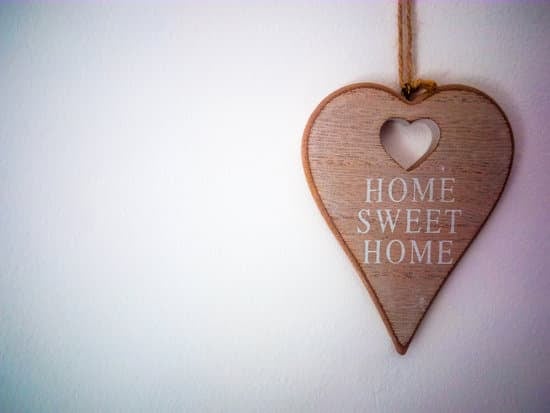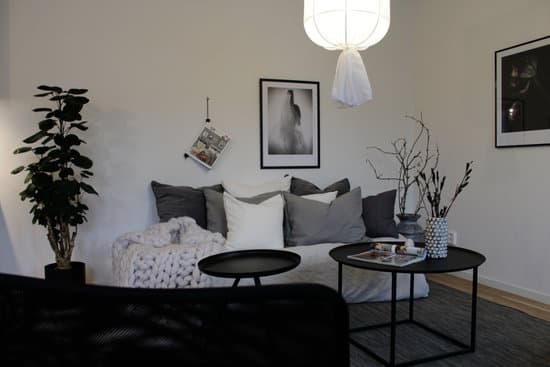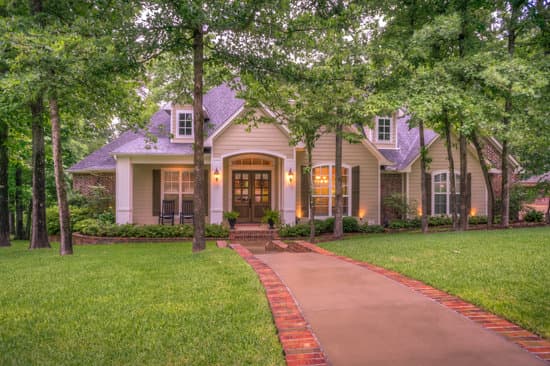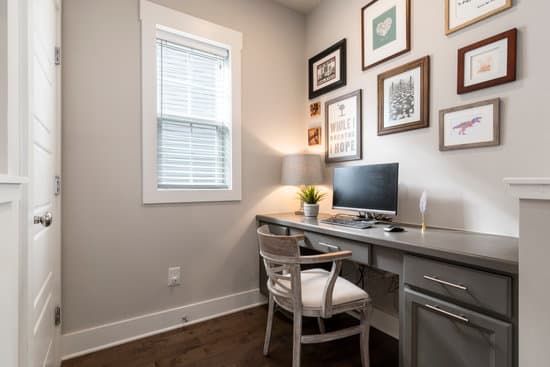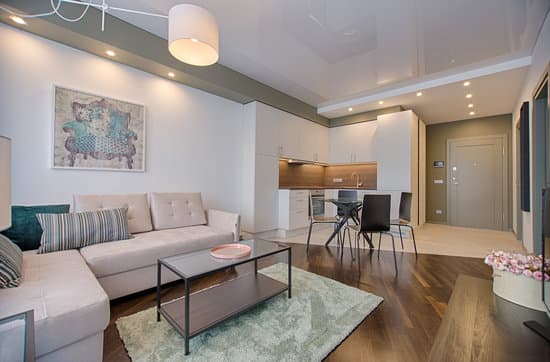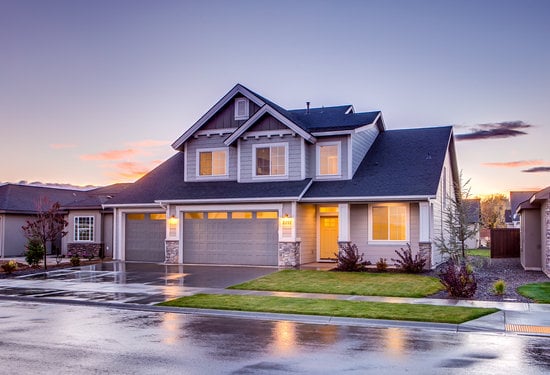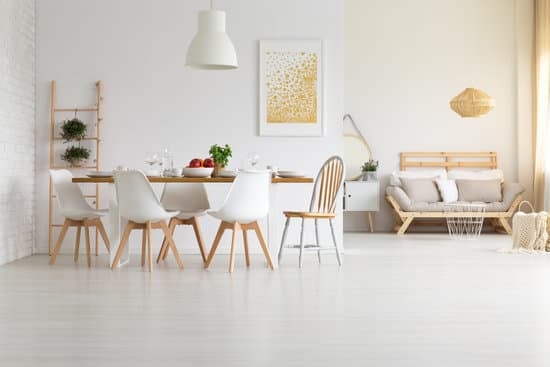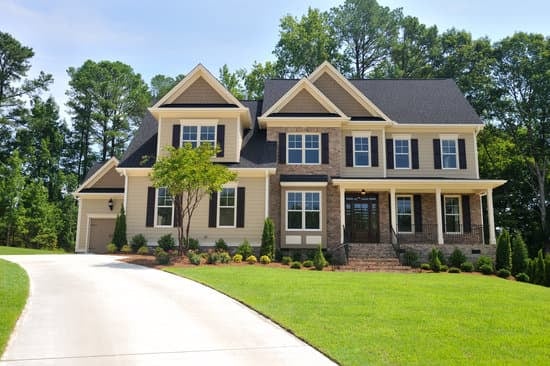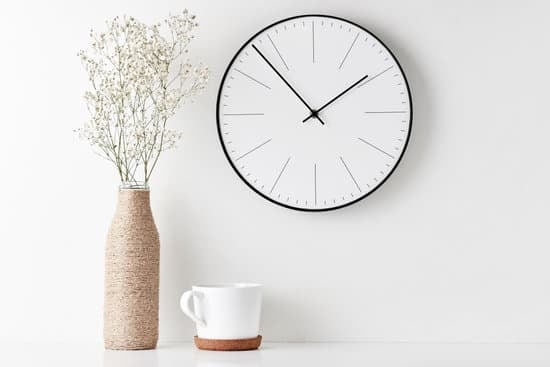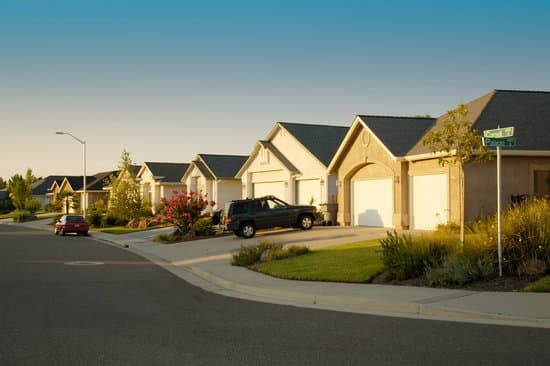- Shiplap: The average cost to install shiplap is around $1,000. This typically includes labor and materials. On a per square foot basis, shiplap can range from $2.50 to $7.
- Paneling: Beadboard or similar wood paneling can cost around $1,325 on average for an entire room. This translates to roughly $7 to $20 per square foot.
Introduction to Shiplap and Paneling
Shiplap and paneling have been popular wall cladding options for a very long time. Shiplap is a type of wooden board that has a rabbet on one side and an interlocking lip on the other side, allowing them to fit together perfectly. Paneling, on the other hand, refers to any type of material that is used to cover a wall, including wood, PVC, and MDF. Both shiplap and paneling can provide a cozy and rustic look to a room, and they are also great for hiding any wall imperfections.Understanding the Cost Difference
When it comes to installation cost, shiplap is generally less expensive than paneling. According to Home Advisor, the average cost of installing shiplap is around $1,000, which translates to roughly $2.50 to $7 per square foot. In comparison, the average cost of paneling comes to about $1,325, or roughly $7 to $20 per square foot. The final cost will depend on several factors such as the material type, the quality of the wood, and the complexity of the installation.Factors that Affect the Cost of Shiplap and Paneling
There are several factors that can affect the cost of shiplap and paneling installation. Some of these include:- The type and quality of the wood
- The finish of the wood
- The complexity of the installation
- The size of the room or area to be covered






